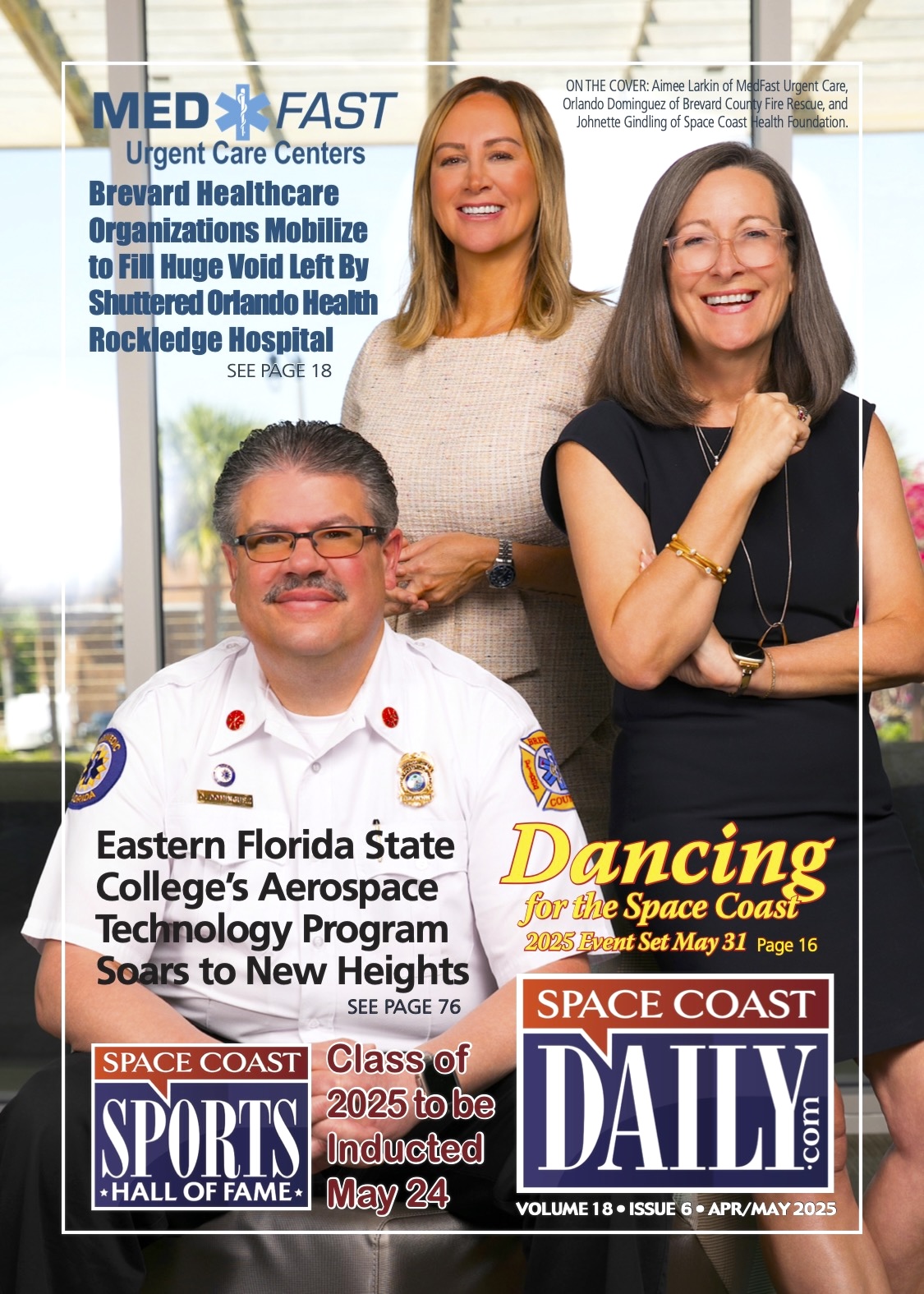AAA Studies Why Older Drivers Turn In Their Keys and How They Can Drive Longer
By Space Coast Daily // July 18, 2019
by staying active, older drivers can extend their time behind the wheel

New AAA research shows fatigue and poor physical functioning are leading factors that cause older adults to stop driving
BREVARD COUNTY, FLORIDA (AAA) – New research from the AAA Foundation for Traffic Safety studied the primary reasons why older drivers hang up their keys, and what seniors can do to extend their time behind the wheel.
AAA commissioned researchers at Columbia University to determine how changes in physical, mental and social health affect driving mobility for older adults.
Researchers evaluated eight domains: depression, anxiety, fatigue, sleep disturbance, pain interference, physical functioning, pain intensity and participation in social activities.
The study found that increased fatigue and poor physical functioning are leading factors that can result in older adults limiting their driving.
The good news is that by staying active, older drivers can improve their physical health and may be able to extend their time behind the wheel. AAA recommends that older adults who are physically able, should do regular weekly exercises that include balance training, aerobics and muscle strengthening.
“Older adults who give up the keys are more likely to suffer from depression than those who remain behind the wheel,” said Mark Jenkins, spokesman, AAA – The Auto Club Group.
“Some decline in physical fitness is inevitable as we age, but simple steps to stay active can keep you driving safely and longer. Research shows that exercise does not have to be strenuous to produce positive results. You can spread out the time you spend being physically active over the course of your day and week. A few minutes at a time can be sufficient.”

Physical strength also helps drivers remain alert to potential hazards on the road and perform essential driving functions, like:
• Braking
• Steering
• Parking
• Looking to the side and rear
• Adjusting the safety belts
• Sitting for long periods of time
The Center for Disease Control and Prevention recommends older adults, who are physically able, get between 2.5 to 5 hours of moderate-intensity exercise each week or between 75 minutes to 2.5 hours of high-intensity physical activity.
The exercises should include balance training as well as aerobic and muscle-strengthening activities.
Older adults should consult their doctor before beginning a new exercise regimen. They should also talk with a healthcare provider about ways to combat fatigue.
Prioritizing getting at least seven hours of sleep each night can help older adults stay alert behind the wheel.
AAA recommends a series of stretches to improve neck, shoulder, trunk, back and overall body flexibility. As a leading advocate for senior driver safety, AAA also offers a variety of programs and resources to help older adults improve their driving performance and avoid crashes.
For more information on AAA resources for older drivers, such as RoadWise online/classroom courses or other programs that help seniors better “fit” with their vehicles, visit www.SeniorDriving.AAA.com
CLICK HERE FOR BREVARD COUNTY NEWS















